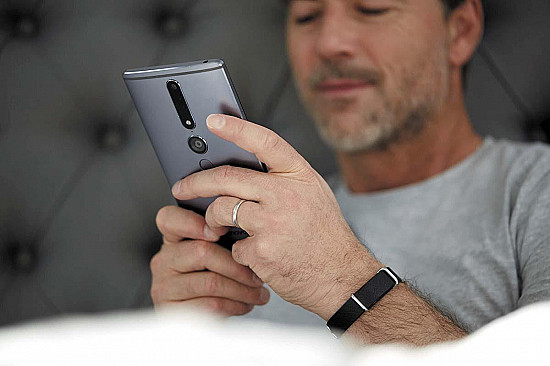Dual-chamber pacemaker helps heart failure
A heart attack, high blood pressure, and other insults can reshape the heart in ways that derail the "beat now" signals that are vital to a healthy heartbeat. The two lower chambers, the right ventricle and left ventricle, should contract and relax together. In many people with heart failure, though, they don't. This loss of synchronized squeezing costs the heart some of its pumping power.
A biventricular pacemaker can fix this problem. It sends carefully timed signals that make the right and left ventricle contract and relax in unison. This is called cardiac resynchronization therapy. Biventricular pacemakers were initially approved for people with severe heart failure. Greater experience with them will almost certainly broaden the population of folks who could benefit from one.
To continue reading this article, you must log in.
Subscribe to Harvard Health Online Plus (HHO+) to unlock expert-backed health insights, personalized tools, and exclusive resources to feel your best every day.
Here’s what you get with your HHO+ membership:
- Unlimited access to all Harvard Health Online content
- 4 expertly curated newsletters delivered monthly
- Customized website experience aligned to your health goals
- In-depth health guides on topics like sleep, exercise, and more
- Interactive features like videos and quizzes
- Members-only access to exclusive articles and resources
I’d like to subscribe to HHO+ for $4.99/month to access expert-backed content to help make smart, informed decisions about my well-being.
Sign Me UpAlready a member? Login ».
Disclaimer:
As a service to our readers, Harvard Health Publishing provides access to our library of archived content. Please note the date of last review or update on all articles.
No content on this site, regardless of date, should ever be used as a substitute for direct medical advice from your doctor or other qualified clinician.















